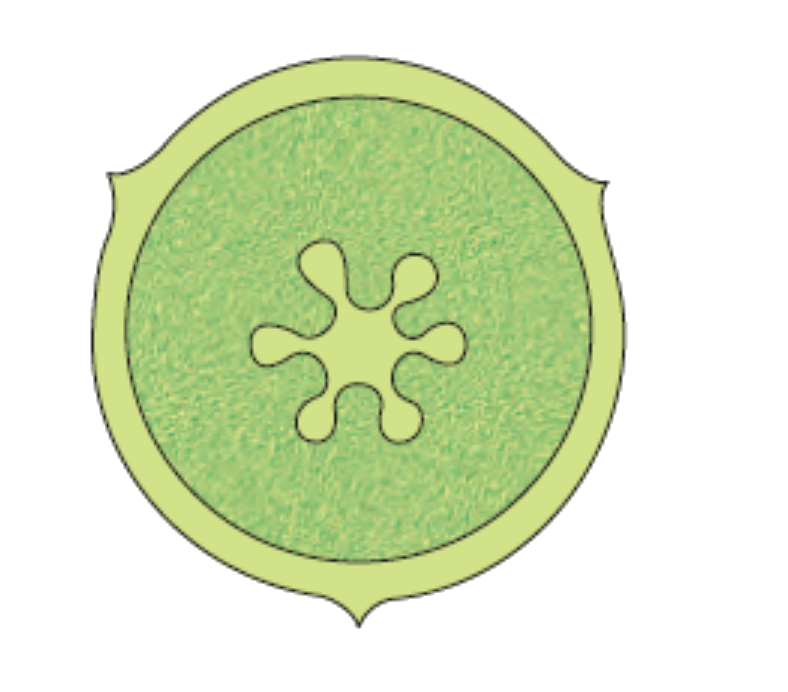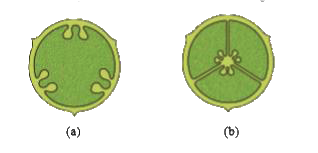What type of placentation of seen in sweet pea
A
Basal
B
Axile
C
Free central
D
Marginal
Video Solution
Text Solution
The correct Answer is:D
|
Answer
Step by step video, text & image solution for What type of placentation of seen in sweet pea by Biology experts to help you in doubts & scoring excellent marks in Class 12 exams.
Updated on:21/07/2023Topper's Solved these Questions
- MORPHOLOGY OF FLOWERING PLANTSBOOK - AAKASH INSTITUTECHAPTER - MORPHOLOGY OF FLOWERING PLANTSEXERCISE - SECTION-D ASSERTION-REASON TYPE QUESTIONS
10 Videos
- MORPHOLOGY OF FLOWERING PLANTSBOOK - AAKASH INSTITUTECHAPTER - MORPHOLOGY OF FLOWERING PLANTSEXERCISE - TRY YOURSELF
38 Videos
- MORPHOLOGY OF FLOWERING PLANTSBOOK - AAKASH INSTITUTECHAPTER - MORPHOLOGY OF FLOWERING PLANTSEXERCISE - SECTION-B OBJECTIVE TYPE QUESTIONS
35 Videos
- MOLECULAR BASIS OF INHERITANCE BOOK - AAKASH INSTITUTECHAPTER - MOLECULAR BASIS OF INHERITANCE EXERCISE - ASSIGNMENT (SECTION -D) (Assertion -Reason Type Questions)
20 Videos
- NEURAL CONTROL AND COORDINATION BOOK - AAKASH INSTITUTECHAPTER - NEURAL CONTROL AND COORDINATION EXERCISE - Assignment SECTION - D (Assertion-Reason Type Questions )
10 Videos
Similar Questions
Knowledge Check
What type of placentation is seen in Sweet Pea?
AFree centralBMarginalCBasalDAxileThe type of placentation shown in the given diagram is
 AAxileBParietalCFree centralDPoales, floral
AAxileBParietalCFree centralDPoales, floralThe type of plcentatin seen in argemone and primorse are respectively
Aaxile and free centralBparietal and free centralCparietal and basalDmarginal and free central
Describe the various types of placentations found in flowering plants.
View SolutionName the type of placentation shown in the figure A and B.

View SolutionCertain species wasps are seen to frequently visit flowering fig trees .
What type of interaction is seen between then and why ?
View SolutionSuperficial placentation is seen in
View SolutionThe characteristic type of placentation found in the members of caryophyllaceae is
View Solution
